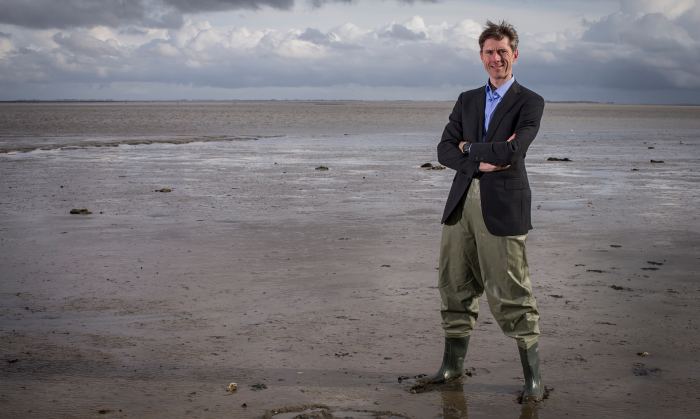Boskalis and its partners are making major advances on the large-scale upgrade of a dike bordering the Markermeer lake in the Netherlands. The project demonstrates how Boskalis, as partner in the public-private Markermeer Dikes Alliance, is responding to climate change and can deliver tailor-made hydraulic engineering solutions to protect large parts of the Netherlands against the consequences of increasingly-frequent extreme weather conditions.
Is this a reinforced dike, or a beach? The answer: both. The Markermeer Dikes Alliance has made a virtue out of necessity on the Markermeer lake near Hoorn in the province of North Holland by creating a unique city beach that also serves as a flood defense. This ‘lakeside dike’ is an innovation that came about because Boskalis was involved in the project at an early stage with its alliance partners VolkerWessels and the Hollands Noorderkwartier water authority. “The water authority, the principal in this project, opted for an alliance structure because of the complexity of the dike upgrade project. As a result, we were already involved in the planning phase and so we had the opportunity to introduce the lakeside dike as a solution for the section near Hoorn, which had come up short during stability tests,” says Boskalis project director Arjen Los.
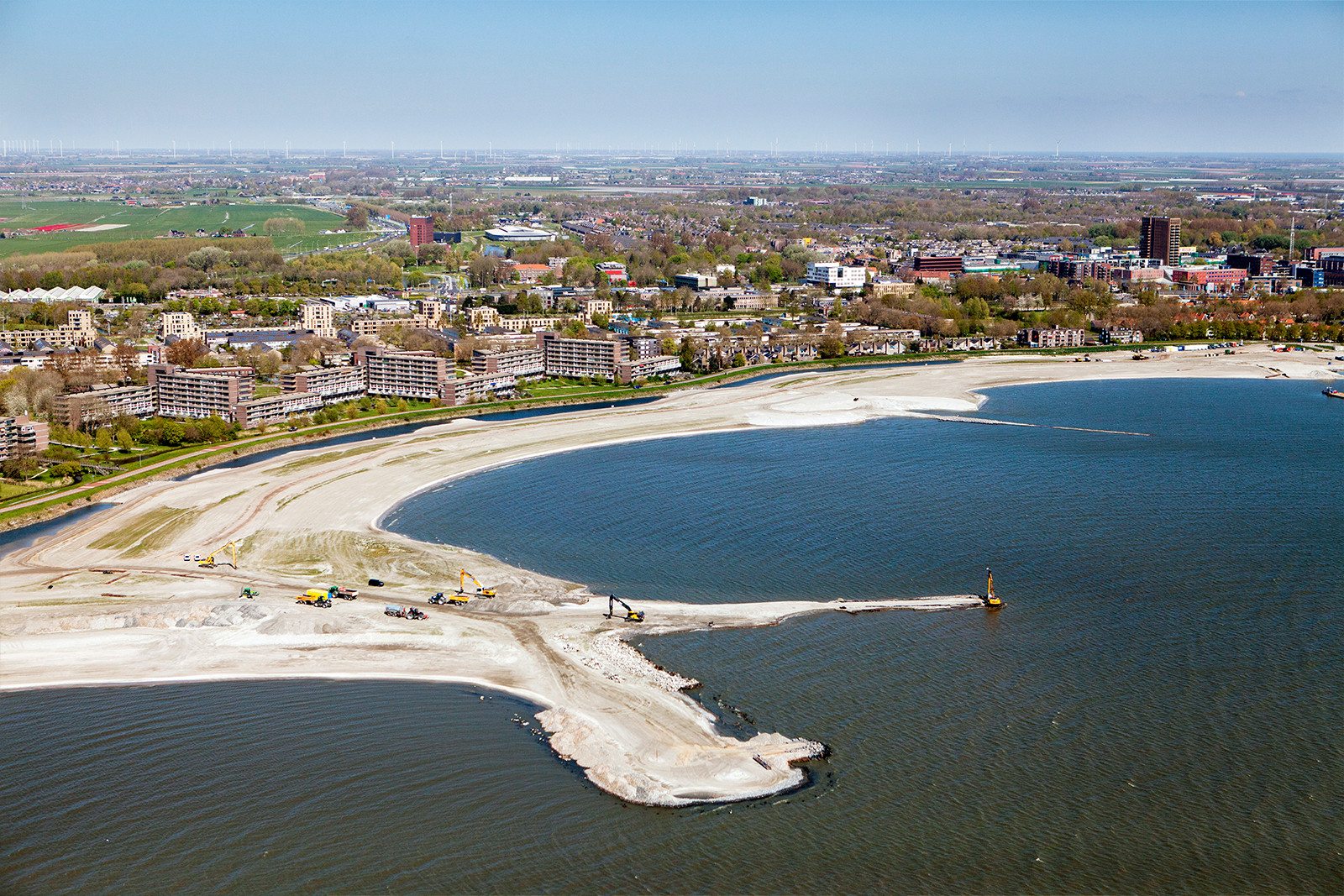
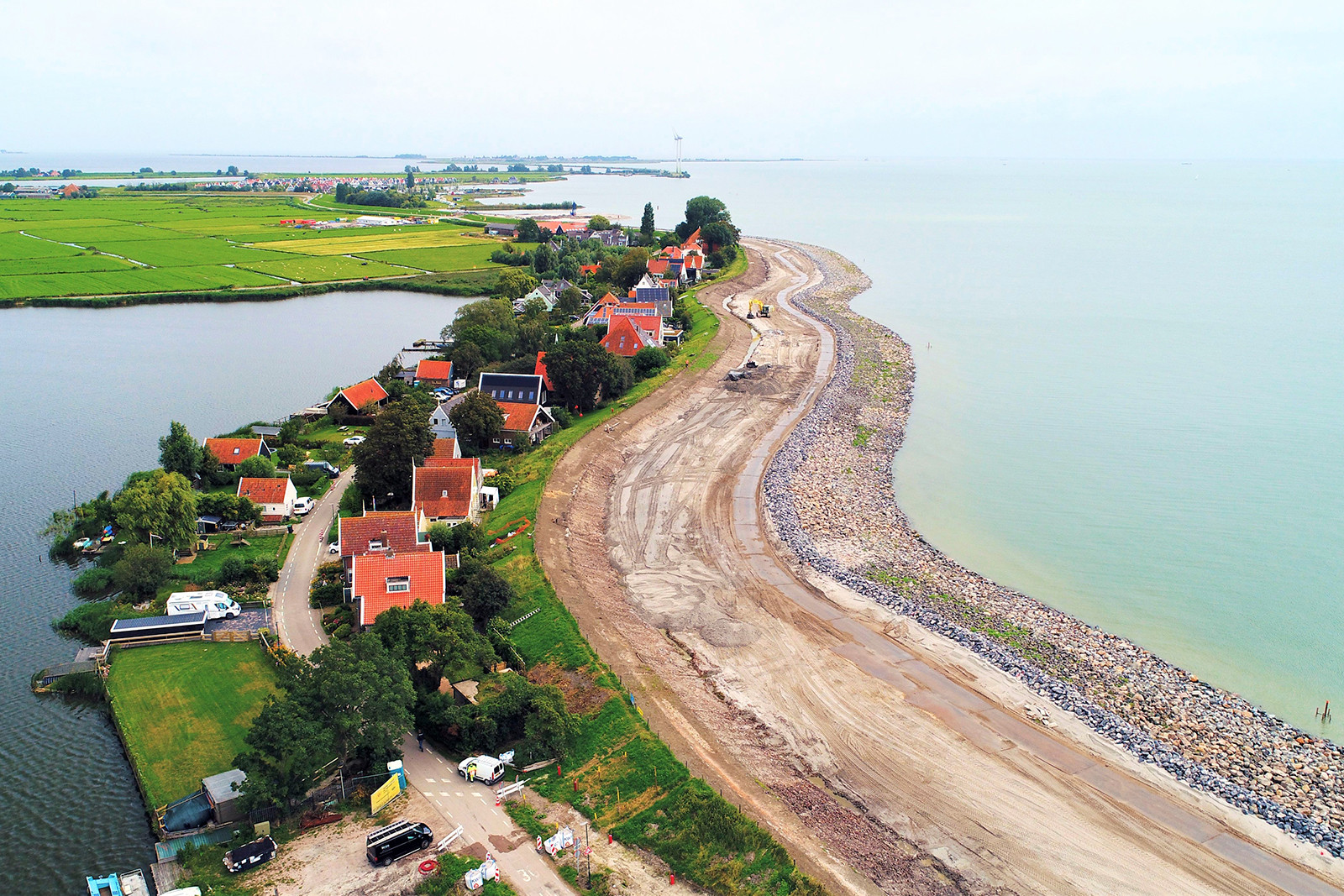
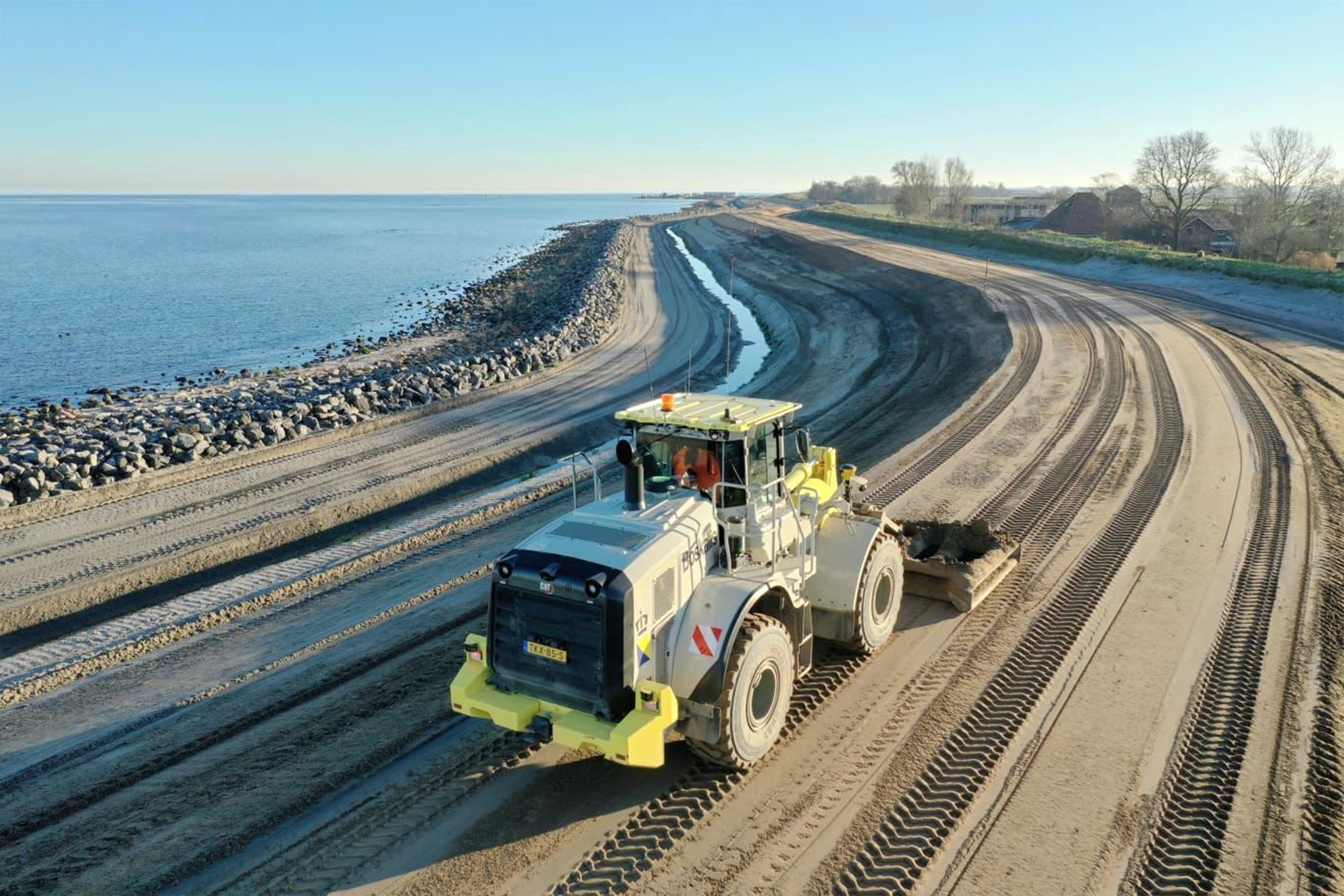

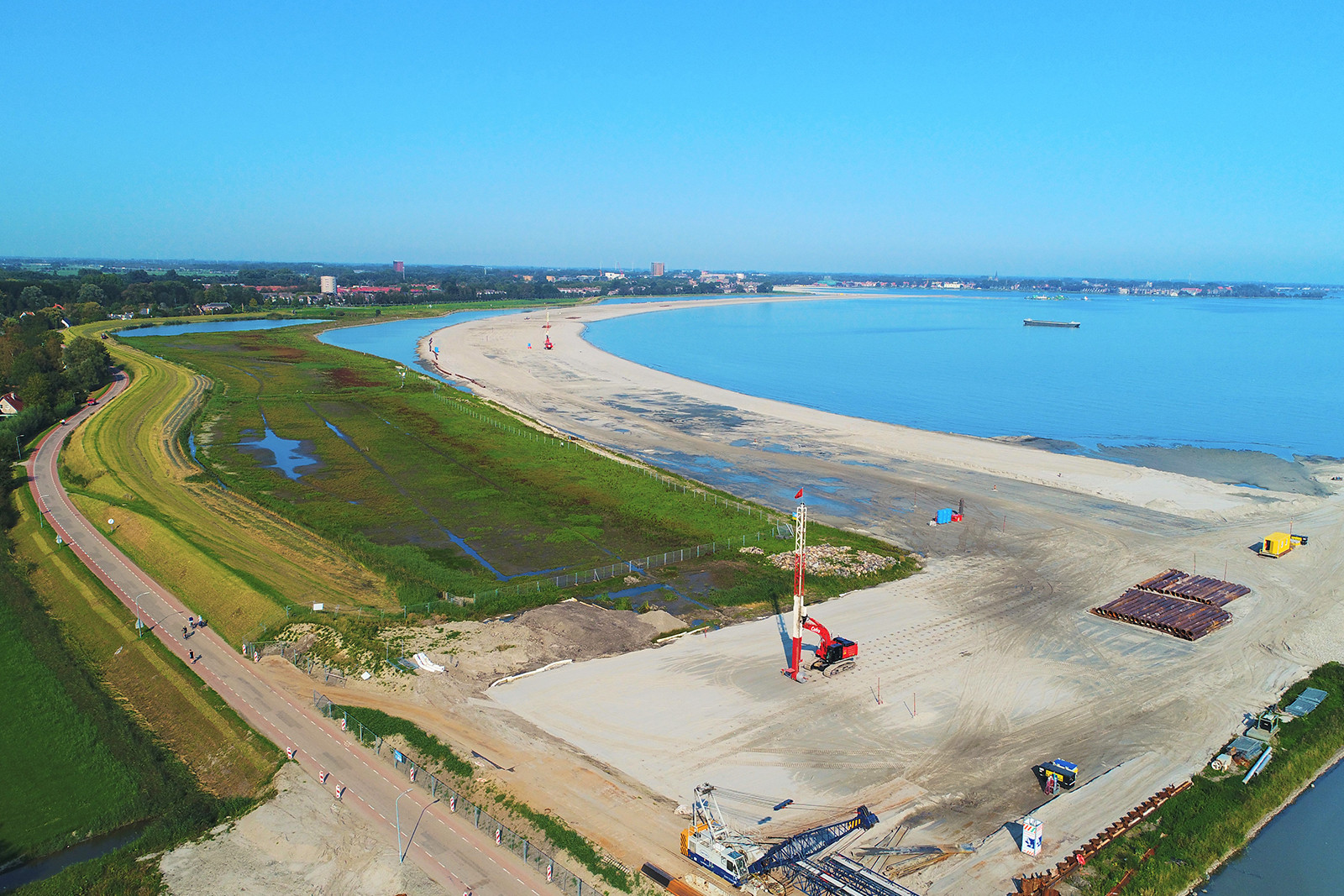
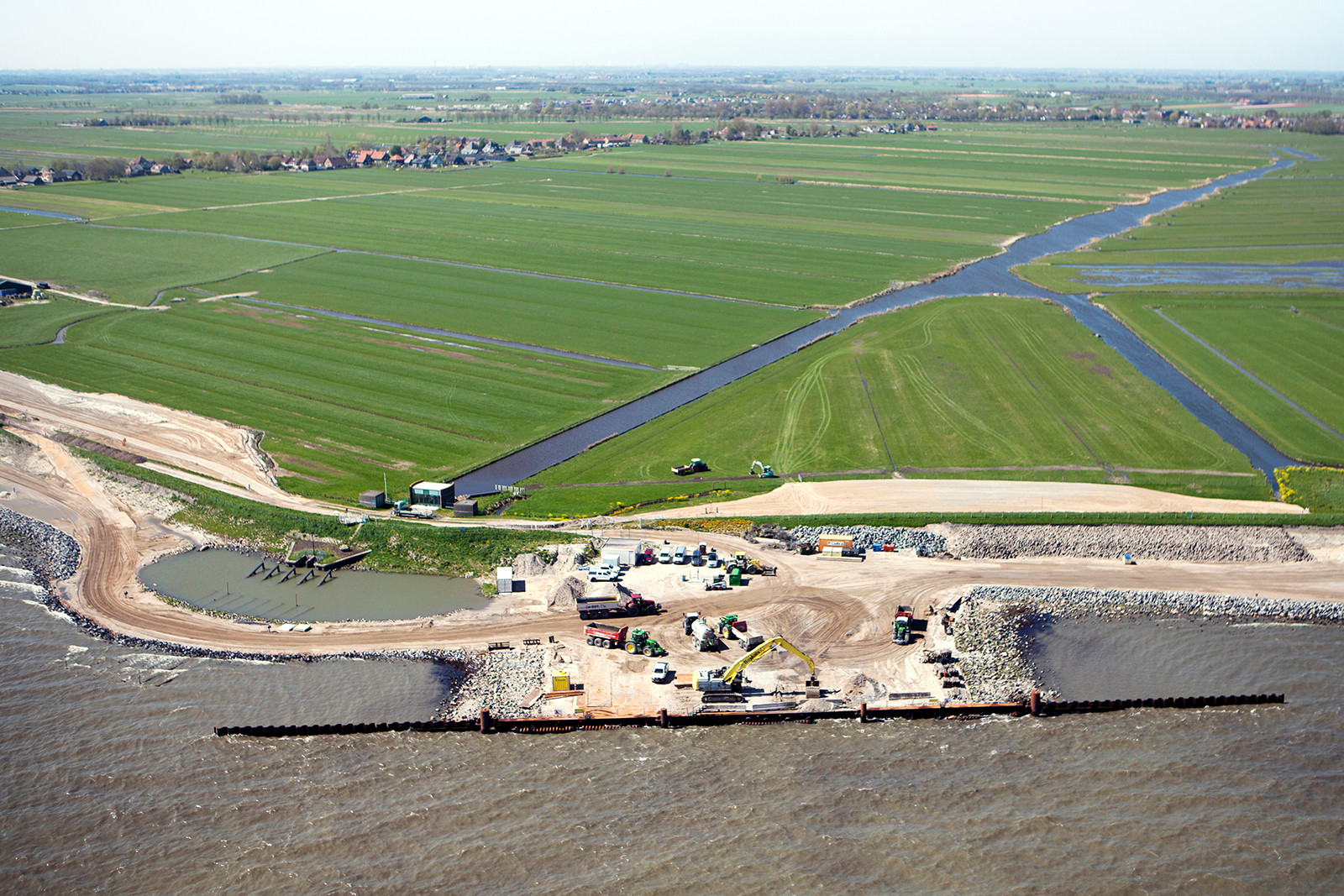
Unique solution for listed historical site
Because the dike section on the northwest bank of the Markermeer is a listed historical site, the usual approach to the upgrade near Hoorn was not on the cards. And so Boskalis engineers came up with a unique solution to protect the area behind the dike from flooding: the lakeside dike, which is almost six kilometers long and includes a slope on the outside of the historical dike that is more than 100 meters wide. There will be vegetation and a bicycle path on the slope. “We have widened the base of the dike in this area to make it stronger so that it will be fit-for-purpose for decades to come,” says Los. “At the same time, the beach and the bicycle path are long-held wishes of the Hoorn municipal authority and the province of North Holland respectively.”
Dike not up to standard
The project is located largely in an inhabited area with considerable cultural and historical value. That complicates the job of reinforcing the dike between Hoorn and Durgerdam over a distance of some 33 kilometers. The dikes are part of the Zuyder Sea dikes that have protected the hinterland for centuries, first from the old Zuyder Sea and now from the Markermeer. The upgrade is necessary because the dike no longer meets the standards for flood risk management, and about 1.2 million people live behind it. In addition, the dike provides protection for some 25 billion euros of economic assets. The project is a part of the Dutch government’s Flood Protection Program. “Reliable flood defenses are extremely important in the low-lying Netherlands,” says Los. “The climate is changing and the weather is becoming more unpredictable and extreme. Extremely large amounts of rain can sometimes fall in a short time and, even though the Markermeer dikes border a lake with a relatively stable water level, you can see that the water has a huge impact on the dikes.”
Vertical drainage
Because the Markermeer dikes were built on peat soil decades ago, the project requires innovative solutions. They include a ‘spray crane’ and vertical drainage developed by Boskalis. “The spray crane was needed to apply the sand in layers on the soft subsurface. Depositing a large quantity of sand too quickly on soil that isn’t stable enough can result in the bed shearing off,” says Los. “Colleagues from Boskalis subsidiary Cofra then installed vertical drainage, accelerating the removal of air from the sand so that it settled faster. This was the first time this technique had been used for a dike. But it allowed us to build a reliable flood defense on the peat in a relatively short period of time.”
We can play an essential role in providing permanent protection against the water
Ninety percent of transport by water
To inform residents about the importance of the major dike upgrade project, an exhibition space was set up at the project office of the Alliance. In addition, there were no less than eight stakeholder relationship managers working on maintaining contacts with local residents. To minimize disruption, it was decided from the outset to organize ninety percent of the transport of the required sand, rock and other material by water. Dedicated channels were dredged to six temporary unloading quays along the dike. Bulk carriers sail through them with sand taken from the borrow areas in the Markermeer. “That means we don’t need to drive heavy trucks along the narrow and vulnerable dike roads,” says Los. Project completion is expected in 2025. “The execution of this complex assignment is on schedule and we are learning a lot by working together in an alliance with the client. We can use those lessons in the future, in a context where deltas around the world are becoming increasingly populous and a climate that is more and more unpredictable. So as hydraulic engineers we can expect to come up against complex adaptive projects of this kind more often. With our knowledge and expertise in this area, we can play an essential role in providing those areas with permanent protection against the water.”
